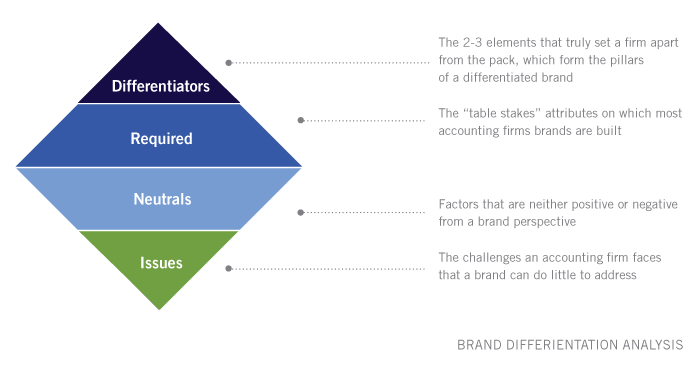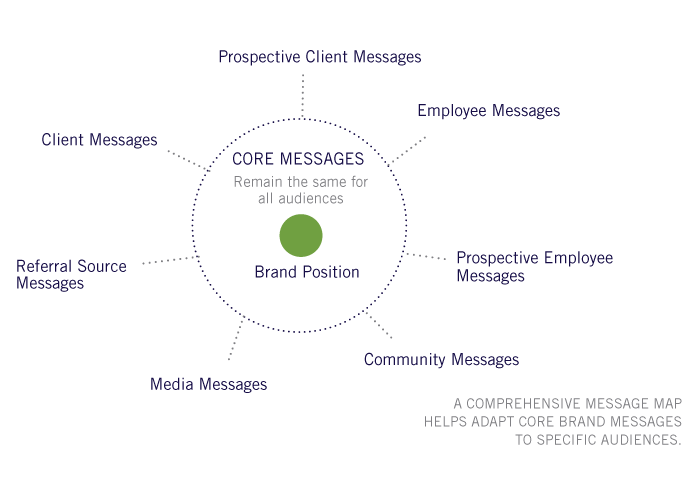Got the Message? Creating Consistency in Professional Services Branding
While a comprehensive verbal and visual system forms the foundation of a brand, it’s only the beginning of executing an effective branding strategy. To be successful, a brand needs to be expressed consistently across all internal and external touchpoints. Consistency is critical to establish a well-defined brand and eliminate confusion in the marketplace…







